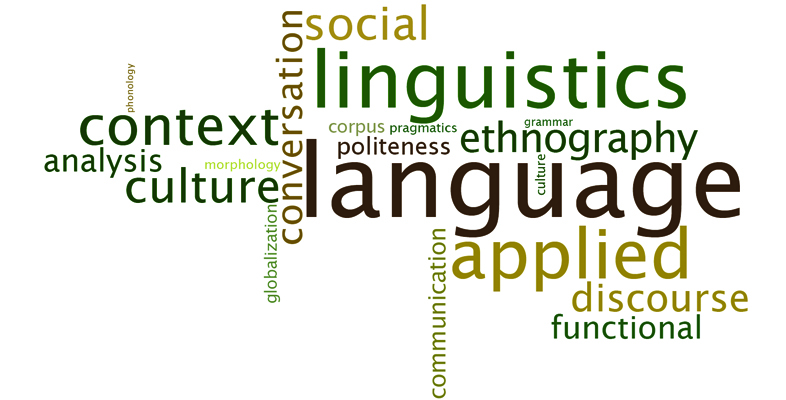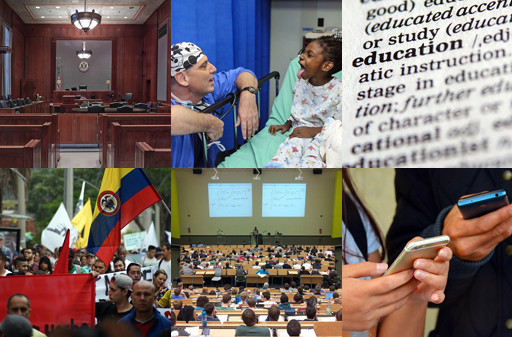2.1 Defining the field
The ‘What is Applied Linguistics?’ animation gave you a taster of how the field developed and some of the debates within it. Now it’s time to go into it in a bit more depth.
Activity 6
Read ‘What is applied linguistics?’ [Tip: hold Ctrl and click a link to open it in a new tab. (Hide tip)] (Burns et al., 2009) and note any similarities or differences in how these ten linguists define their field of study.
Discussion
Applied linguistics potentially covers a vast area, and both academic researchers and practitioners necessarily tend to focus on a small area of particular interest. Not all academics use the term ‘applied linguistics’ to describe their work – some call themselves sociolinguists or language teaching specialists, for example. Some also focus very much on making a practical contribution. What they share is a concern with language and linguistics in real-world contexts, rather than as an abstract system. Their work often aims to enhance understanding of how language works in those chosen contexts, and/or tries to help alleviate a problem affecting language users.
As you saw in the animation, for much of its history, applied linguistics was almost entirely concerned with one central research question: how do we best teach and learn languages? For political and commercial reasons, the focus was, in large measure, specifically on English. Today, however, applied linguistics (broadly defined) brings together research in a much wider range of areas, for example:
- law and criminal investigation
- speech and language therapy
- healthcare
- business and marketing
- language policy and multilingualism
- intercultural communication
- lexicography
- translation and interpreting
- language pedagogies and assessment.

